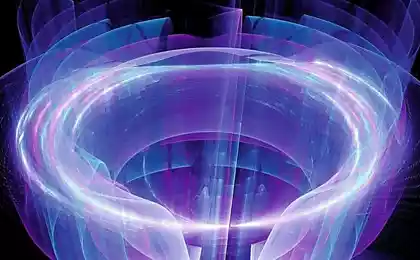1219
Astronomers have registered a record power emission of the quasar

Astronomers working on a set of Very Large Telescope of the European Southern Observatory, registered a record power energy emission of the quasar, said Nov. 29 the observatory site.
Observatory staff summarized the study materials monitor the emissions of electromagnetic radiation from quasars - abnormally powerful cores and the most distant galaxies from us - the first of which was recorded in April 2011. As a result, it was found that the most powerful ever recorded was the release of a quasar at astronomical number SDSS J1106 + 1939. Released in the release of energy by two orders of magnitude than the radiation power of our entire galaxy, known to us as the Milky Way.
Power erupted this quasar energy flow well within the theory to explain the presence of such emissions near such facilities supermassive black holes - the most mysterious objects in the universe, which we can only learn in the footsteps of their impact on other celestial bodies. Interestingly, according to the scientists, the release occurred at a distance of about 1,000 light-years from the black hole itself.
Quasars - one of the most brilliant and at the same time the most distant objects in our observable universe. The quasar SDSS J1106 + 1939 is 8, 8 billion light-years, and consequently, the observed emission occurred, perhaps even before the birth of the Earth.
It is expected that further studies of quasars may shed light on the way in which the mass of the galaxy corresponds to the mass of the central black hole, whether it limits the possible size and the ratio of the mass of the galaxy, as well as past and future galactic formations.
The European Southern Observatory is located in the Chilean Atacama Desert - one of the driest places on Earth. Complex Very Large Telescope brings together for synchronous operation 4 optical telescope with 8, 2-meter mirror.
Scientists have discovered the secret of the Bermuda Triangle
Scientists have found one of the rarest of particles at the Large Hadron Collider























